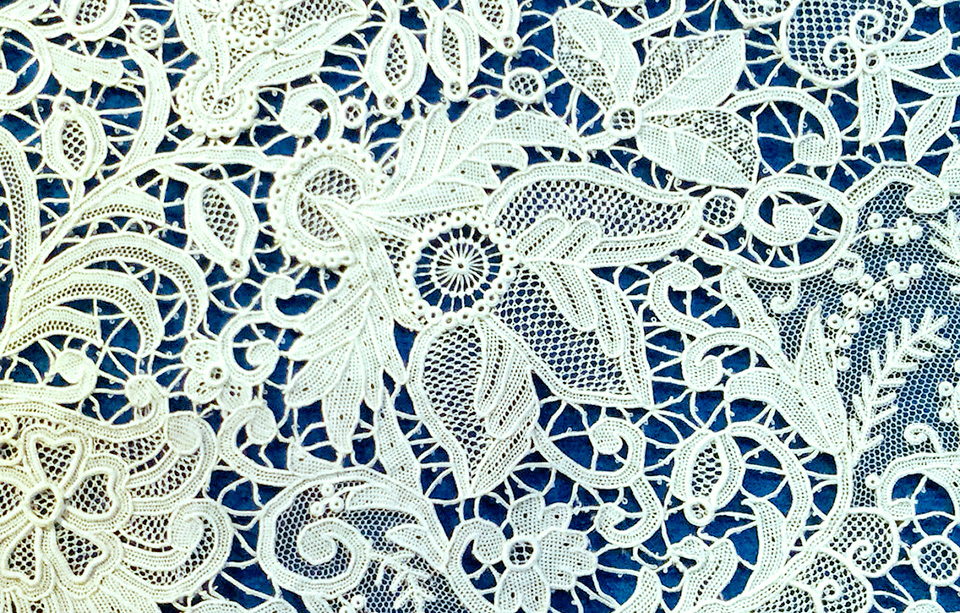Burano, with its colorful houses, is the island where the craft of lace continues to live on, made by hand only with needle and thread, according to the old tradition of the lace makers.
The first Venetian lace dates back to the Renaissance. In its origins, this refined craft was born as a pastime of aristocratic women and then quickly spread throughout Europe. In the 17th century, the century par excellence of lace, spectacular Venetian lace became a symbol of elegance, and was the object of desire of European monarchs and nobles.
Today, the master lace makers who continue this tradition in Burano form an association in which they keep the secrets of this noble and ancient art.
Visit the island of Burano to see the lace makers at work and perhaps they will explain to you how they make the Punto Venezia or Punto Burano. Visit the workshops and shops on the island, where you can see the beauty of their work.
In Burano is the Lace Museum, located in the historic Burano Lace School, founded in 1872 by Countess Andriana Marcello, lady-in-waiting to Queen Margaret of Savoy.
The art of Venetian lace, along with other Italian lace, is a candidate for Intangible Cultural Heritage of Humanity by UNESCO.


